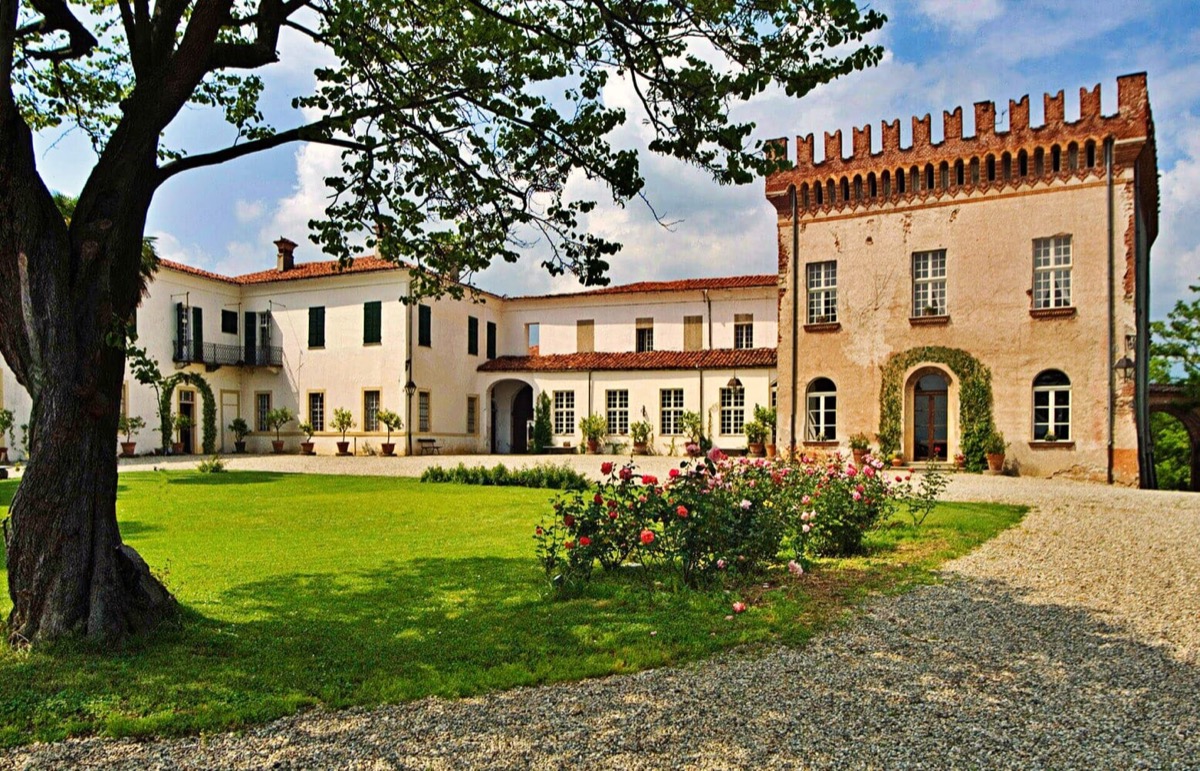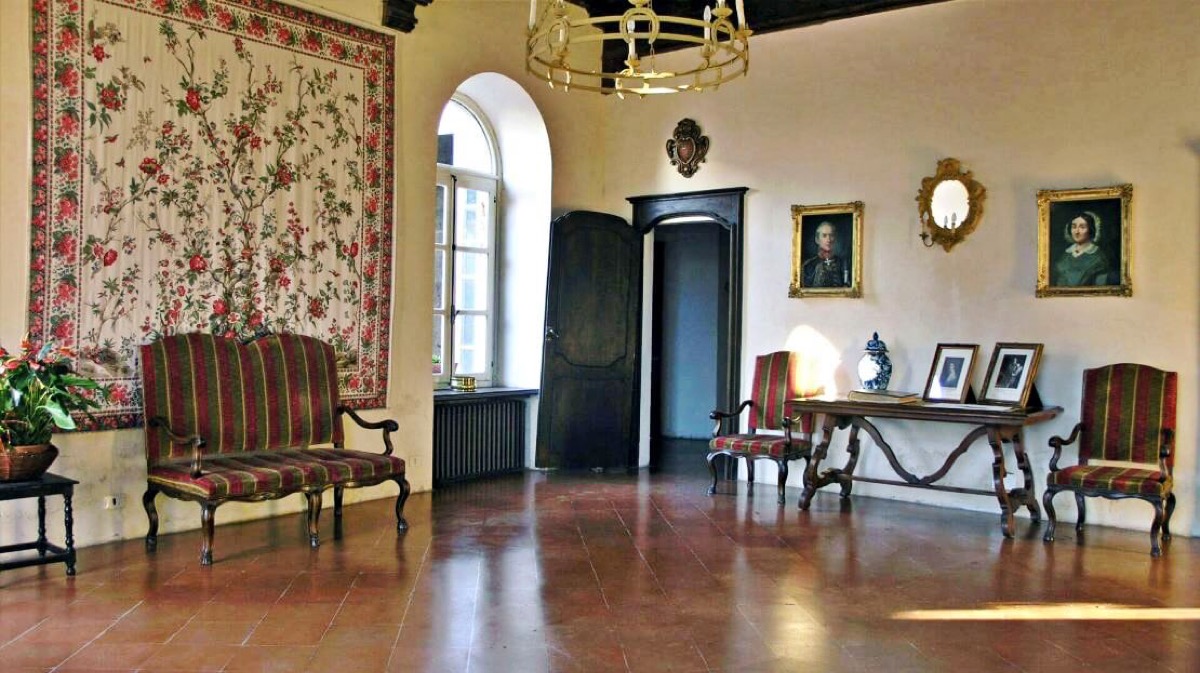Castle of Castellamonte
Città Metropolitana di Torino Piemonte Italy
castle, chateau
Castello di Castellamonte
Città Metropolitana di Torino Piemonte Italy
castle, chateau
In the sixties of the seventeenth century, Amedeo di Castellamonte, First Architect of the Savoy and author of the Venaria, inherited from an uncle the ruins of the castle and rebuilt them as his home
Il castello di Castellamonte è un antico edificio di origine medievale del Canavese, posto sulla collina che domina la città di Castellamonte, nella città metropolitana di Torino
Previous names
Castle of Castellamonte, Castello di Castellamonte
Description
In the sixties of the seventeenth century, Amedeo di Castellamonte, First Architect of the Savoy and author of the Venaria, inherited from an uncle the ruins of the castle and rebuilt them as his home.
The architect of His Highness reshaped the white palace between them thirteenth-century walls and fifteenth-century towers, on the outline of the ancient medieval building that the ancestors counts of Castellamonte, descendants of King Arduino, they had built around the year one thousand.
In the 1066 the life of the castle is already documented on the promontory that dominates the whole Canavese, protected by the long wall around which the village developed over the centuries.
In the mid-nineteenth century they were i Counts of San Martino to add the feature Red Tower style neo-Gothic, making it decorate with the red earth typical of Castellamonte.
Today the salons of the Red Tower, passed to the accounts Ricardi di Netro, the ancient balcony garden, the irregular and suggestive profile of the architectures welcome a new season of life and hospitality: concerts, feasts e exhibitions, including the annual International Exhibition of Ceramics, arrived in the 2015 at the 54ª edition.
The history of the Castellamonte Castle
The first news are documented by the 1066, but the structure had already existed in previous decades: they were the descendants of Arduino, Marquis of Ivrea and then King of Italy, the Counts of Castellamonte that transformed it into one of the most complex fortified structures in the Canavese area.
from rock, the boundary wall descended towards the plain girding the entire hill, until it reached the road that connected Cuorgnè and Ivrea. Along the wall of the castle, where they were opened seven doors still visible today, and the road that ran there developed the country, which took its name from its castle.
During the fifteenth and fifteenth centuries the Counts of Castellamonte divided into various lines and branches, which to differentiate themselves assumed the "agnomies", as Cagnis, Cognengo, Aimone, Della Porta, Merlo ... and they managed the great fiefdom through the institute of the feudal consortium.
The countryside of Castellamonte it was divided into 271 "Jurisdiction points", which the various branches of the family exercised according to a three-year rotation. From the Cognengo branch were born Carlo di Castellamonte (Turin, 1560 - Turin, 1641) and his son Amedeo di Castellamonte (Castellamonte, 1618 - Turin, 1683), who were both architects of the Savoy.
The primitive castle was destroyed during the Tuchinaggio in the revolt of the Tuffets of the 1383-1387, during the Canavese war, which devastated the region from the 1339: i Castellamontein fact, allies of the Saint martin, supported by Savoy, were placed under siege by the Valperga and their allies, the Marquises of the Monferrato, which tried to expand in the area. The revolt began in the lands of the Castellamonte and then spread throughout the Canavese, with slaughter of feudal lords and destruction of castles. Only in the 1387 Challant's Ibleto, posted by Amadeus VIII of Savoy, managed to bring calm and la "Pax sabauda".
The castle was rebuilt at the beginning of the fifteenth century: of that time remain the tower-door of the wall, the tower-door of entrance to the castle and the general layout of the castle, with i four buildings sprung up around the access road. The two buildings to the north contain various testimonies of the period.
Further devastation occurred in the first half of the sixteenth century, during the wars between the French and the Spanish, during the incursion of Marshal de Brissac in Canavese of January 1552.
Starting from the mid-nineteenth century, the accounts of San Martino di Sale and Castelnuovo, which had moved from the 1611 to Castellamonte becoming its consignori, bought the entire property of the castle and replaims various parts.
During the twentieth century from the San Martino passed by inheritance to the Count Ricardi di Netro.
https://www.dimorestoricheitaliane.it
Il castello di Castellamonte è un antico edificio di origine medievale del Canavese, posto sulla collina che domina la città di Castellamonte, nella città metropolitana di Torino.
Useful information
GRATUITO
info@dimorestoricheitaliane.it
Eventi aziendali e congressi, eventi culturali, eventi privati, matrimoni
-
External links
Nearby castles
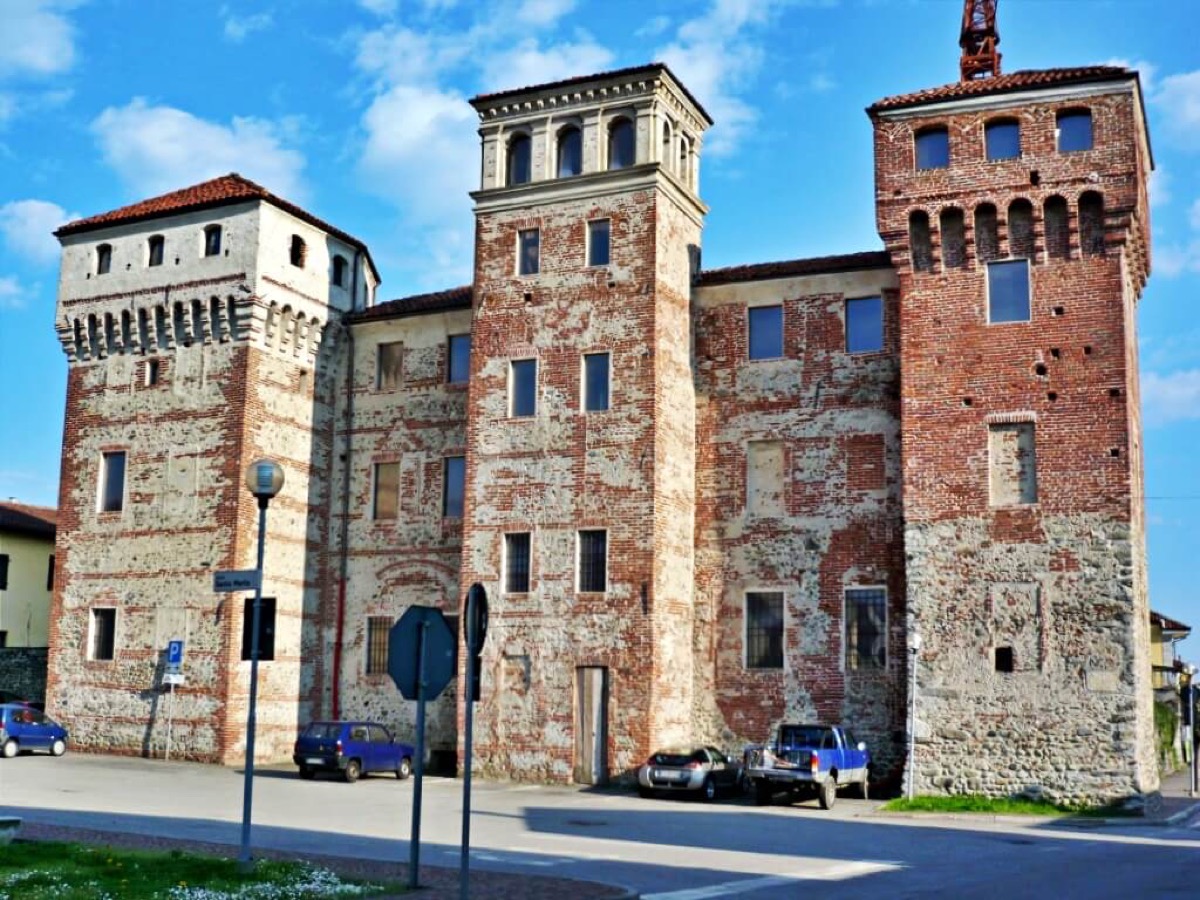
Castello di Ozegna
Città Metropolitana di Torino
4.6km
castle, chateau
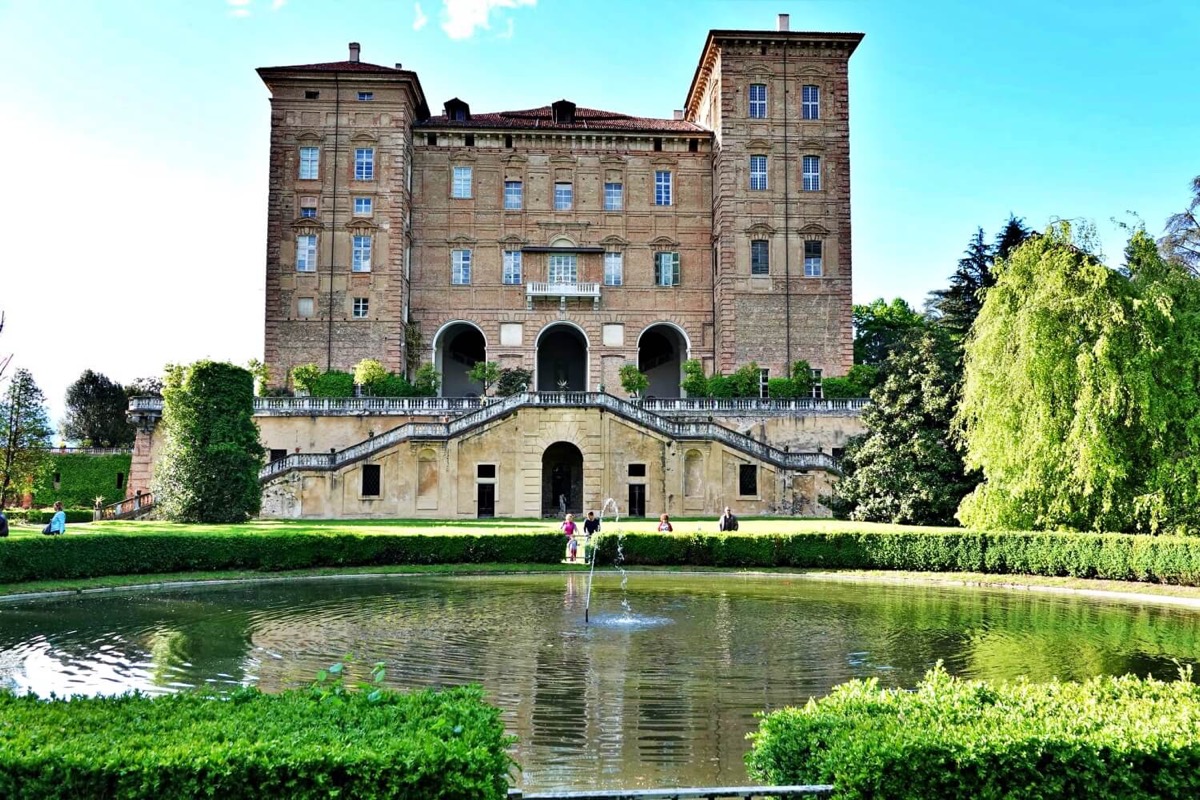
Castello ducale di agliè
Città Metropolitana di Torino
5.2km
castle, chateau
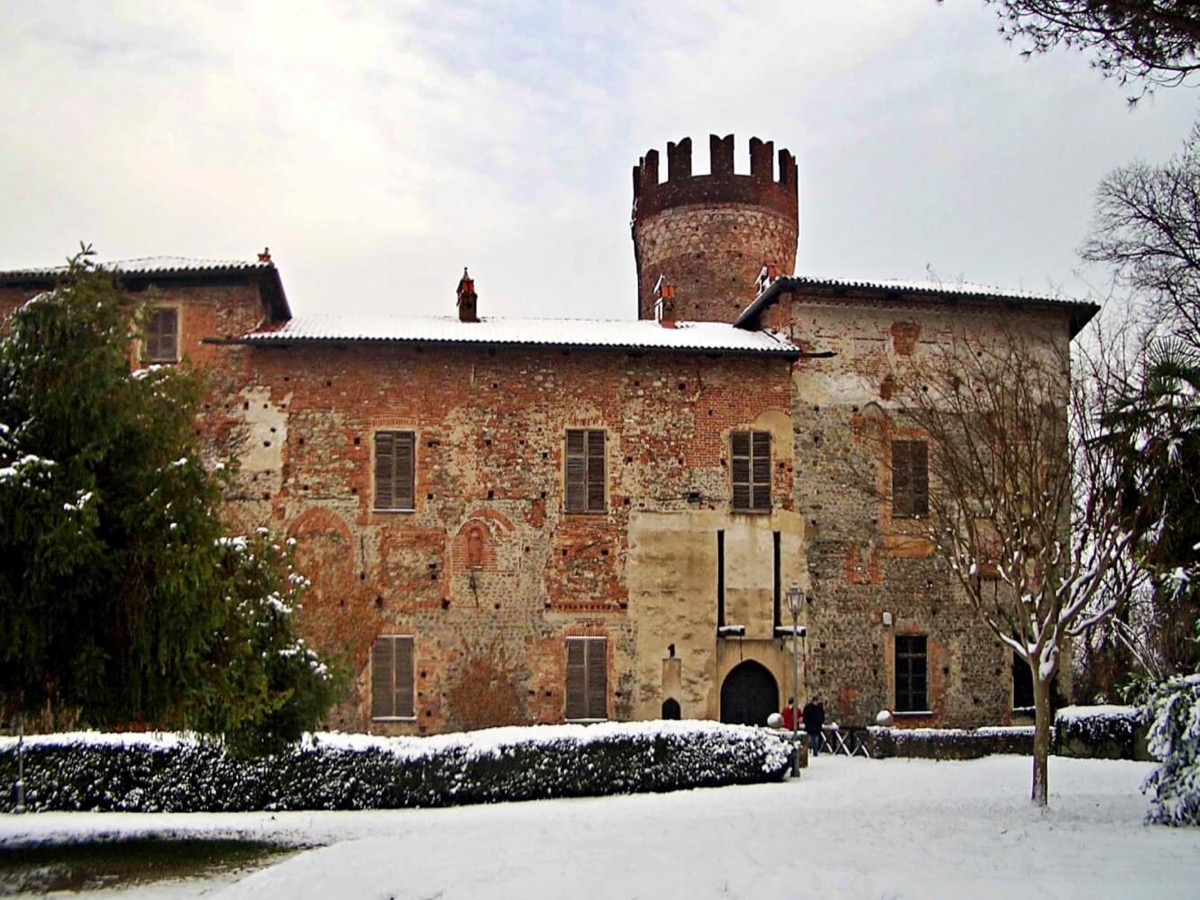
Castello di Malgrà
Città Metropolitana di Torino
6.4km
castle, chateau
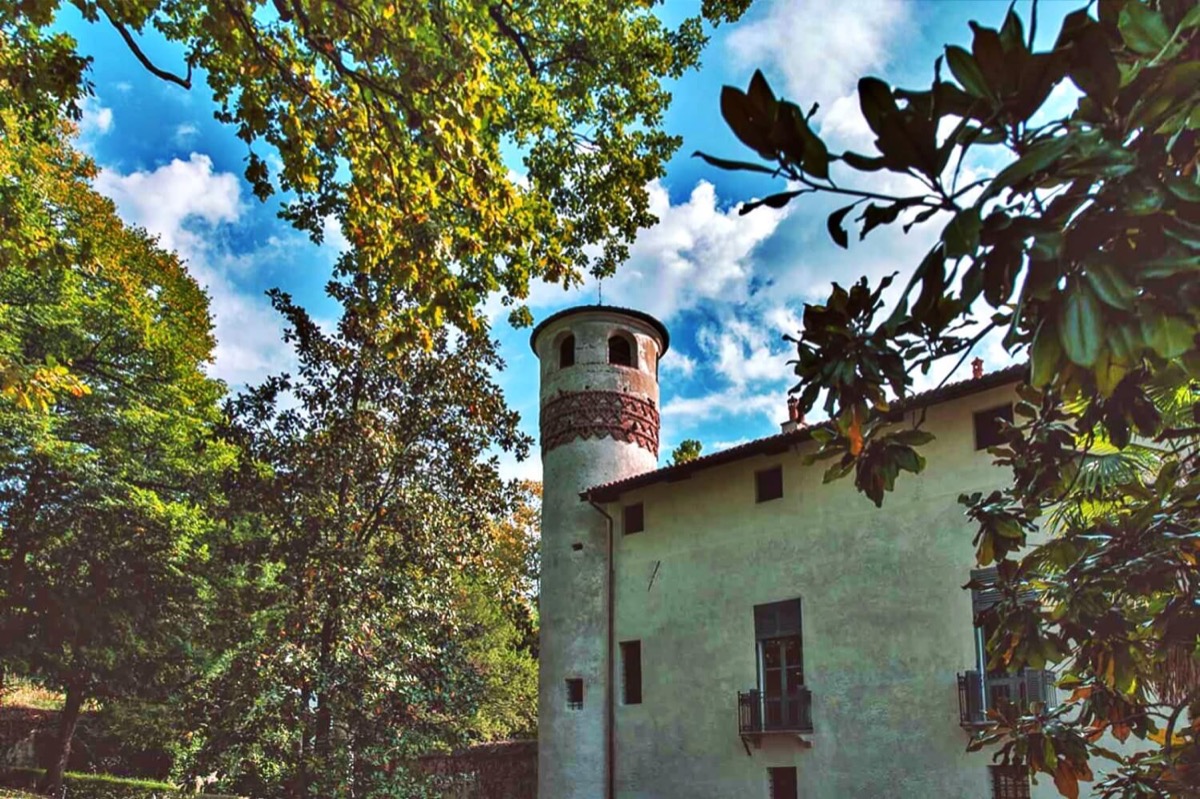
Castello di Parella
Città Metropolitana di Torino
8.2km
castle, chateau
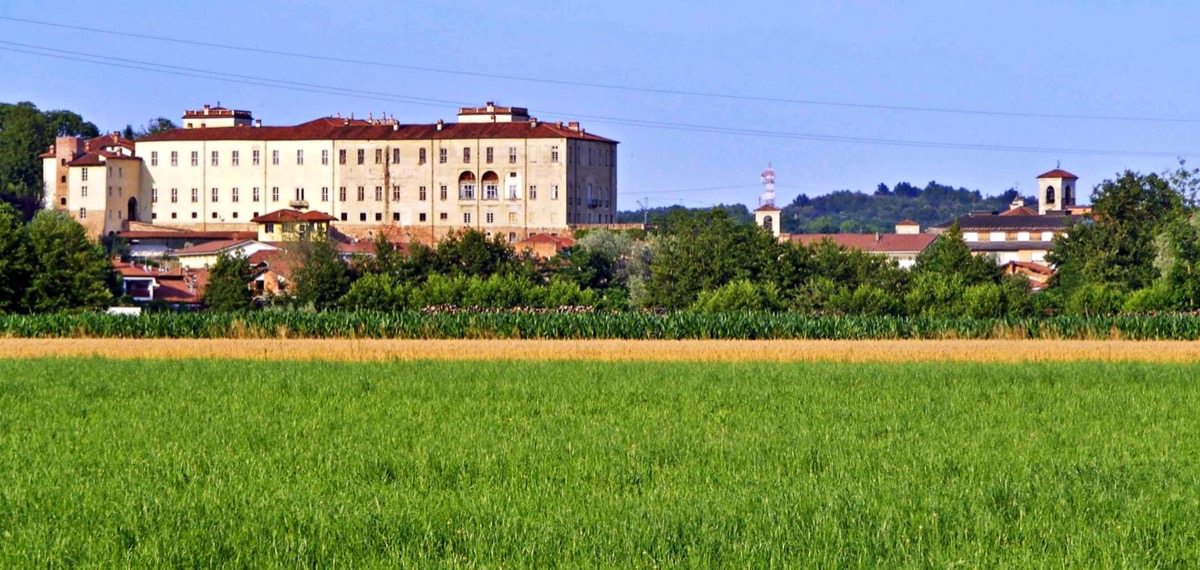
Castello di San Giorgio Canavese
Città Metropolitana di Torino
8.6km
castle, chateau
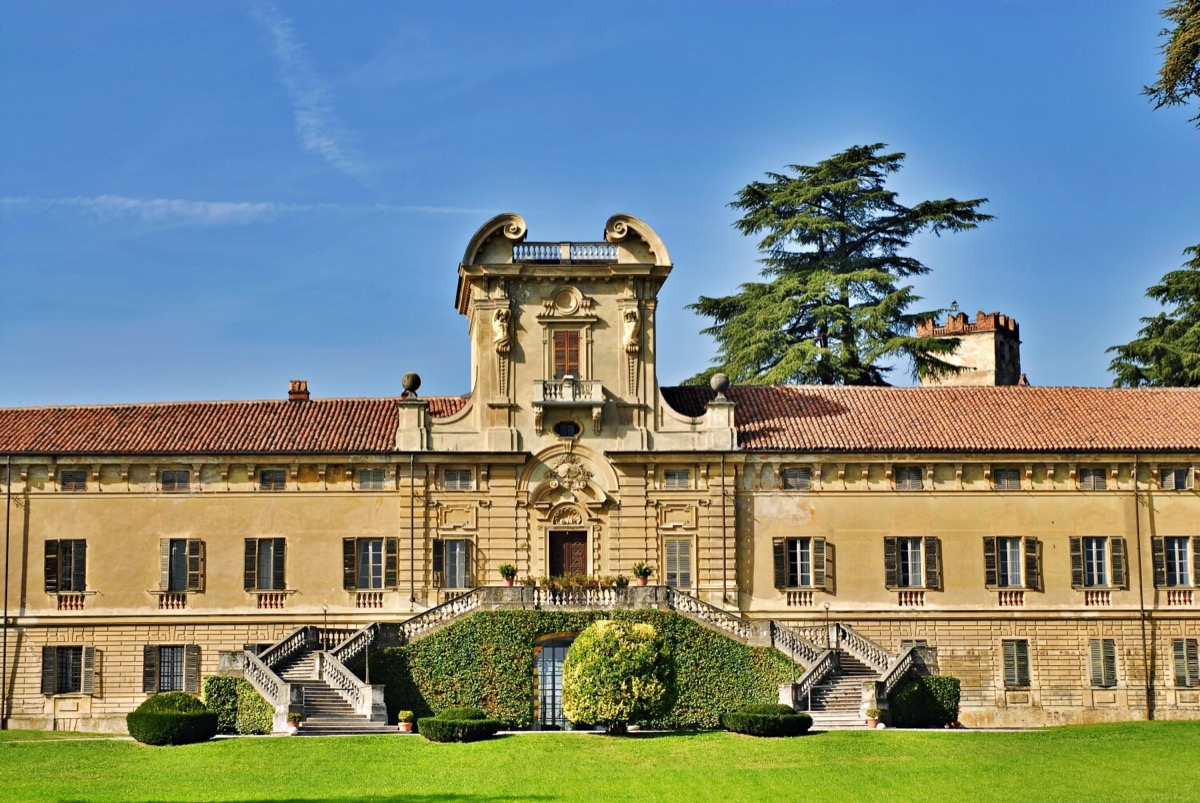
Castello di Rivara
Città Metropolitana di Torino
8.7km
castle, chateau
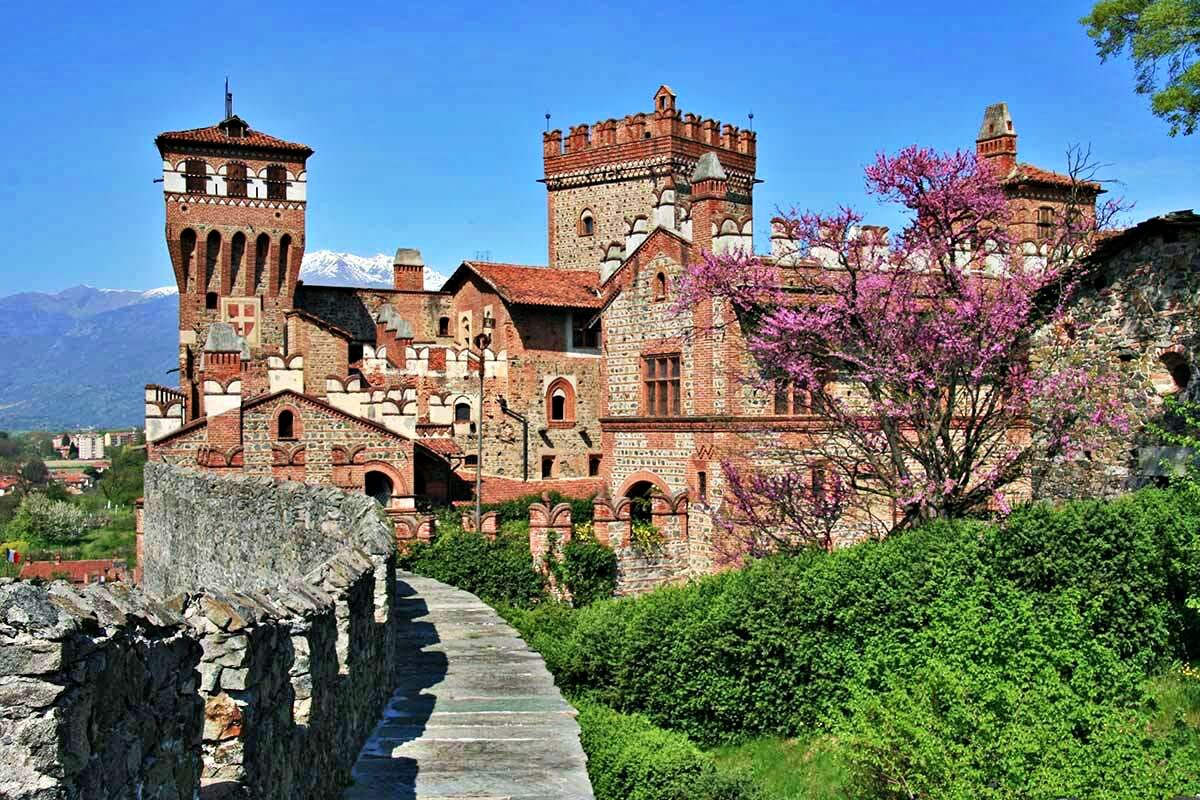
Castello di Pavone Canavese
Città Metropolitana di Torino
12.6km
castle, chateau
